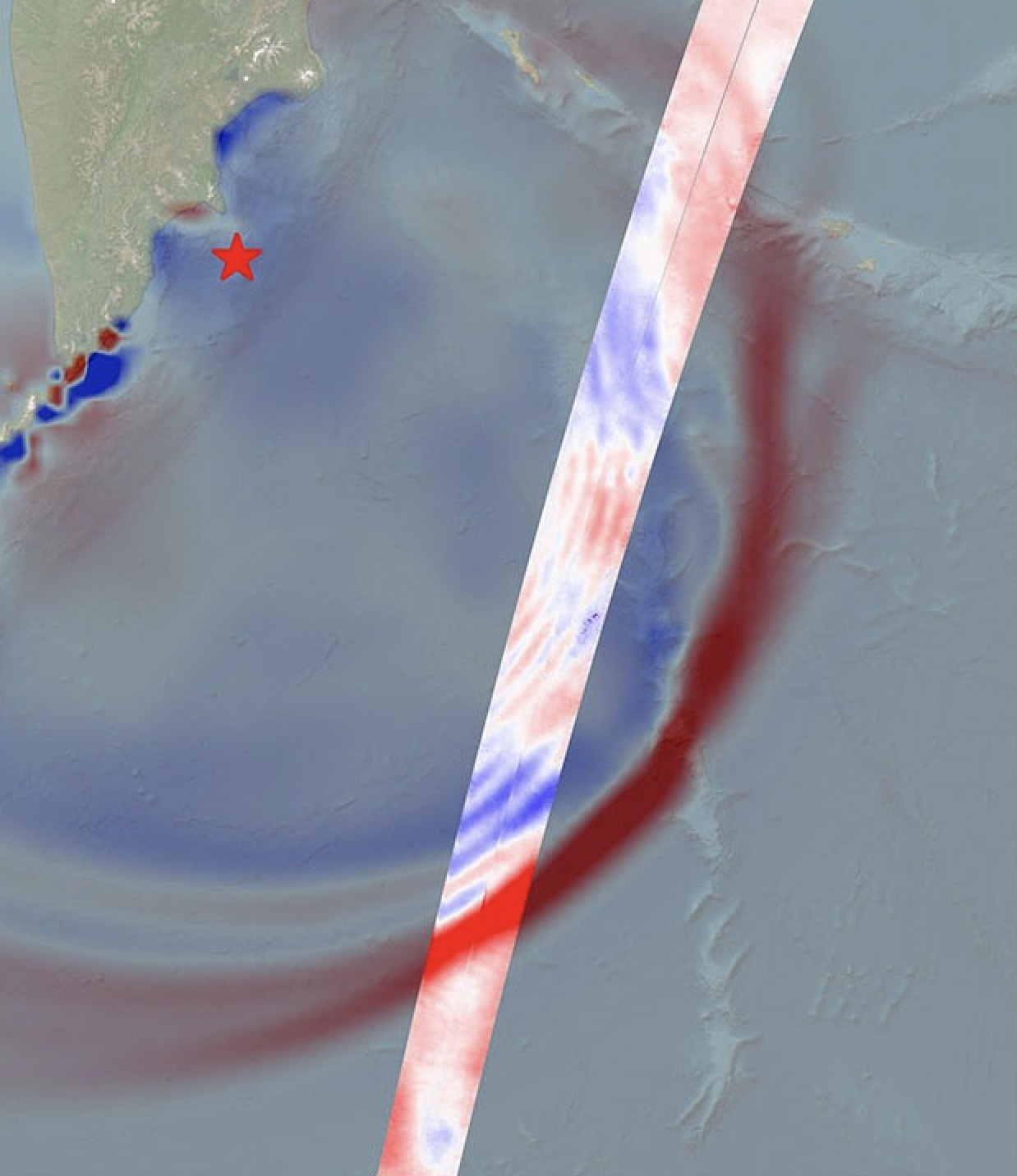Now Reading: Connecting Local Geology to Broader Landscapes
-
01
Connecting Local Geology to Broader Landscapes
Connecting Local Geology to Broader Landscapes

Fast Summary
- NASA’s Mars 2020 rover,Perseverance,is exploring a boundary called “Westport” on the western rim of Jezero crater on Mars.
- The “Westport” region features an intersection between clay-bearing “Krokodillen” units and olivine-rich boulders forming a ridge.
- Olivine materials in this region are among the most extensive exposures identified from orbit on Mars, covering over 113,000 square kilometers in northeast Syrtis.
- Possible origins of olivine-rich material include cooled magma (intrusive igneous rocks), impact-related melts, or volcanic ash deposits.
- Investigating these materials may illuminate early water activity and habitable environments on Mars by examining interactions with older clay-rich layers and younger mafic caps.
- perseverance’s findings could help constrain the age and geologic history of volcanic units in Northeast Syrtis.
indian Opinion Analysis
The scientific efforts by NASA through the Mars rover provide critically important steps toward understanding planetary evolution. For India, which has growing ambitions in interplanetary exploration as seen with ISRO’s recent missions like Chandrayaan and Mangalyaan programs, Perseverance’s work underscores how advanced technology can unravel distant geological histories. This research might inspire India’s ongoing advancements in planetary rovers for future missions to study extraterrestrial habitability.furthermore, global collaborations sparked by such efforts could include opportunities for Indian scientists to contribute expertise toward mapping ancient planetary conditions.Read More























